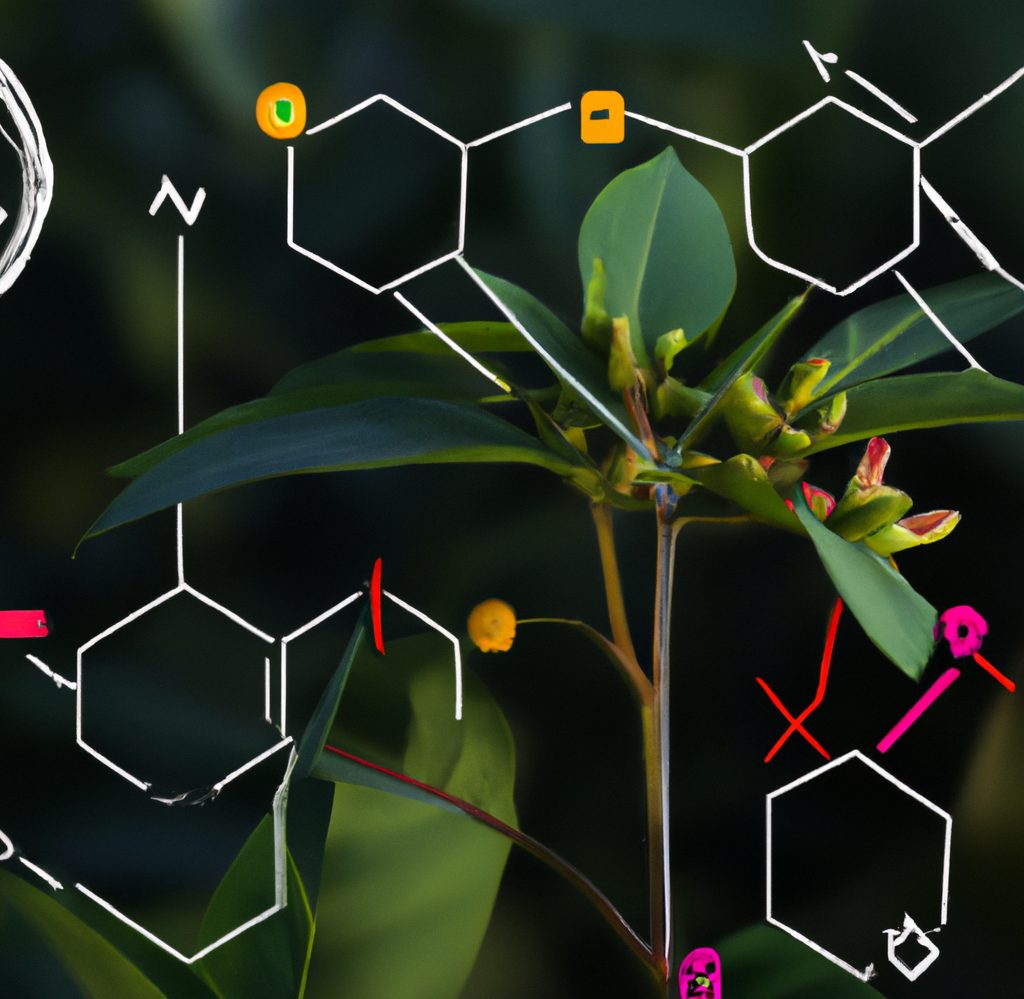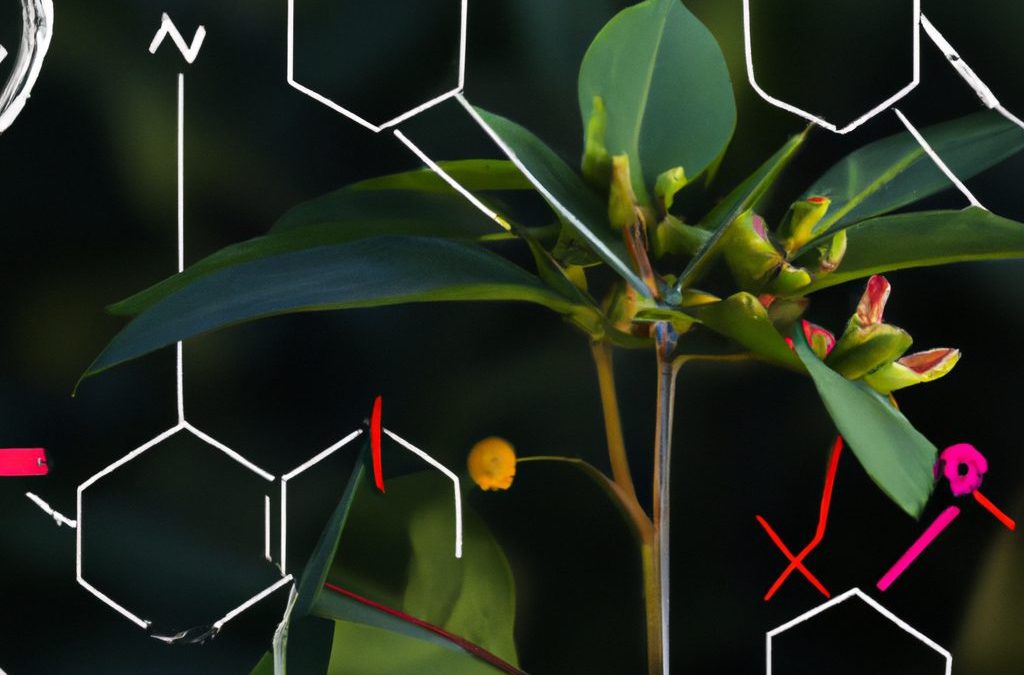
Nicotine, a highly addictive compound with global consumption, is prevalent not only in the UK and Europe but around the world. It is legally available in various forms and products. If you’ve been curious about facts on nicotine, you’ve come to the right place. Below, we delve into a comprehensive exploration of nicotine, including its effects and origins.
What Is Nicotine?
Nicotine, according to Drug Science, is a profoundly addictive chemical compound that occurs naturally in tobacco plants, where it serves as a natural insecticide. This compound falls into the category of alkaloids, which are naturally occurring organic substances containing nitrogen. Other alkaloids, such as morphine, share this classification. While nicotine occurs naturally, modern production methods have allowed for its synthetic creation.
From Tobacco Plants to Tobacco-Free Nicotine Pouches
As previously mentioned, nicotine is found naturally in tobacco, but it may come as a surprise that it also occurs in other plants like tomatoes and potatoes. So, how do nicotine pouches without tobacco contain nicotine? The answer lies in the following methods:
- Extracted from tobacco leaves, which may leave behind some plant residue and a bitter taste.
- Synthetically produced, resulting in a purer form with no impurities or taste. The preference for extracting nicotine from tobacco plants, rather than eggplants or tomatoes, is due to the significantly higher nicotine concentration in tobacco.
Historical Use of Nicotine
In the past, before nicotine extraction methods were available, and when the health risks of tobacco were less understood, various tobacco products were accessible, including:
- Combustibles like cigarettes and cigars.
- Smokeless options like snus, dip, and chew. While cigarettes and cigars, both combustible products that involve smoking, are familiar to most, less-known products like chew are not smoked but rather broken down by saliva.
Decline in Tobacco Use
The World Health Organization (WHO) has noted a decline in the use of these products over the years, driven by extensive research on tobacco and its health implications. However, quitting these products proved challenging for many, leading to the search for alternative nicotine-containing options.
Tobacco-Free Alternatives
Similar to traditional tobacco products, some nicotine options involve smoking, while others do not. Here are some popular products used globally:
- Vapes
- Nicotine pouches
- Nicotine gum
- Nicotine patches Some of these, such as nicotine gum and patches, are categorized as nicotine replacement therapy for those looking to quit nicotine altogether. In contrast, vapes and nicotine pouches offer various flavors and strengths and are not part of this category.
Understanding the Nicotine Rush
As nicotine enters the system, it prompts the release of neurotransmitters in the brain, including serotonin and dopamine, resulting in a rush of “feel-good” hormones that lead to lightheadedness and a sense of well-being. However, this nicotine rush can be problematic as it fosters addiction, with users constantly seeking this sensation, which can lead to experiencing nicotine’s side effects.
Nicotine Side Effects: What to Expect Using nicotine products, especially for the first time, can lead to negative side effects. Some common side effects of nicotine pouches are:
- Headaches
- Nausea
- Hiccups These effects typically occur when excessive nicotine is absorbed at once, often due to the use of a product that is too potent for the individual. Therefore, when using a nicotine product, it’s advisable to select one that matches your nicotine tolerance.
Nicotine Addiction
Nicotine is indeed addictive, and its addictive nature is driven by its impact on dopamine levels in the brain. This results in a temporary sensation of well-being, known as a nicotine rush, followed by cravings when nicotine levels drop. Importantly, the addictiveness of different nicotine-containing products varies, with cigarettes and snus being potentially more addictive due to the presence of MAO inhibitors (MAOIs) found exclusively in tobacco.
Nicotine Pouches: A Popular Choice
Nicotine pouches have been gaining popularity and are among the most widely used nicotine products available. KILLA nicotine pouches, in particular, have become a top-selling brand for several reasons, including:
- Variety and convenience: Nicotine pouches offer a range of brands, flavors, strengths, and sizes to cater to individual preferences. They are also highly convenient, as they are easy to use and can be enjoyed anywhere, providing users with flexibility and freedom.

